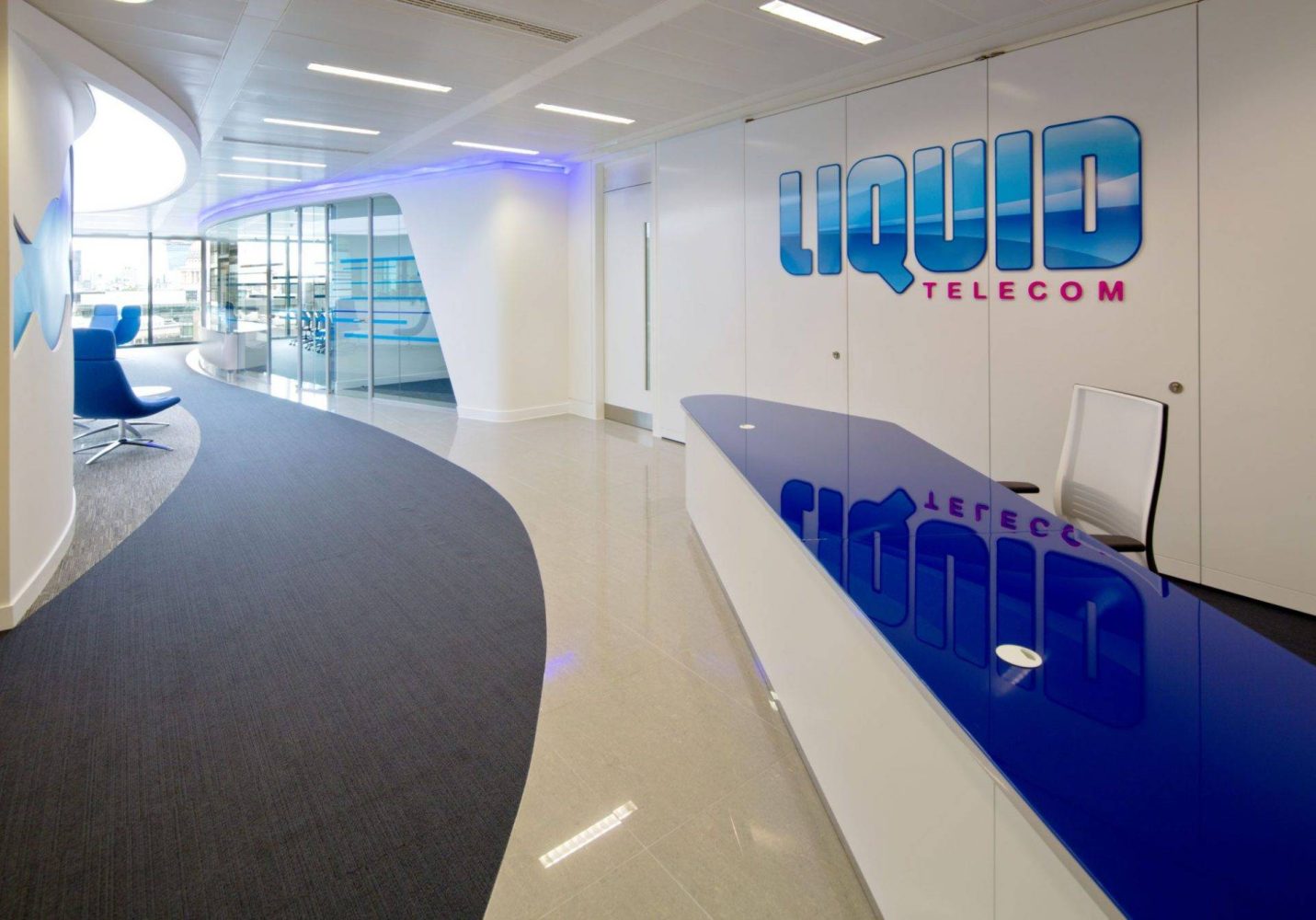CDC Group Acquires 8 Percent Stake In Liquid Telecom For USD 180 Mn

UK’s development finance institution CDC will become a 8 percent shareholder in Liquid Telecom following a just concluded transaction.
In a statement on Wednesday, Telkom revealed through the Irish Stock Exchange that they have received the money and all conditions that had been announced in December have been met. The 8 percent stake of the pan-African telecommunications operator was at a cost of USD 180 Mn.
CDC Group which was formerly known as the Commonwealth Development Corporation is fully owned by the UK Government’s Department for International Development (DFID). It is the world’s oldest DFI with a history of making successful investments in businesses which have become industry leaders thereby having enormous impact on the private sector.
Liquid Telecom is headquartered in London and it was founded by Zimbabwean billionaire Strive Masiyiwa, who also founded Econet Group. It is the largest builder of fibre optic cable networks and Data Centres in Africa currently operating 20 fibre-optic networks in 20 Africa.
“Data centres are the company’s fastest growing business and it already operates some of the biggest and most sophisticated data centres on the continent,” the company said earlier adding that they anticipate it to grow further as they plan to expand to Cameroon, Nigeria and Ghana markets.
CDC’s move to buy stake in the telecommunications company comes as Telkom’s balloon powered internet project inches closure to reality in Kenya. The project that will be unveiled in June came to being following a partnership between Telkom and Loon, a subsidiary of Alphabet, which is also the parent company of Google.
The company earlier announced that they secured the necessary regulatory approvals and they had begun to import and install ground infrastructure.
These balloons float in the stratosphere which is the second major layer of earth’s atmosphere. In the stratosphere, there are many layers of wind, and each layer of wind varies in direction and speed. Loon balloons go where they’re required by rising or descending into a layer of wind blowing in the desired direction of travel.
Loon partners with telecommunications companies to enable people to connect to the balloon network directly from their phones and other LTE-enabled devices. The signal is then passed across the balloon network and back down to the global Internet on Earth.
Featured Image Courtesy: PC Tech Magazine